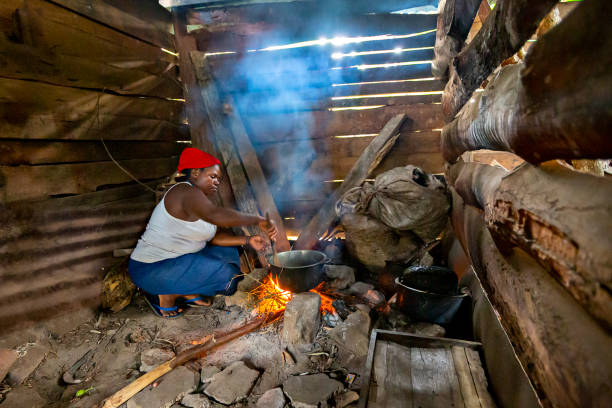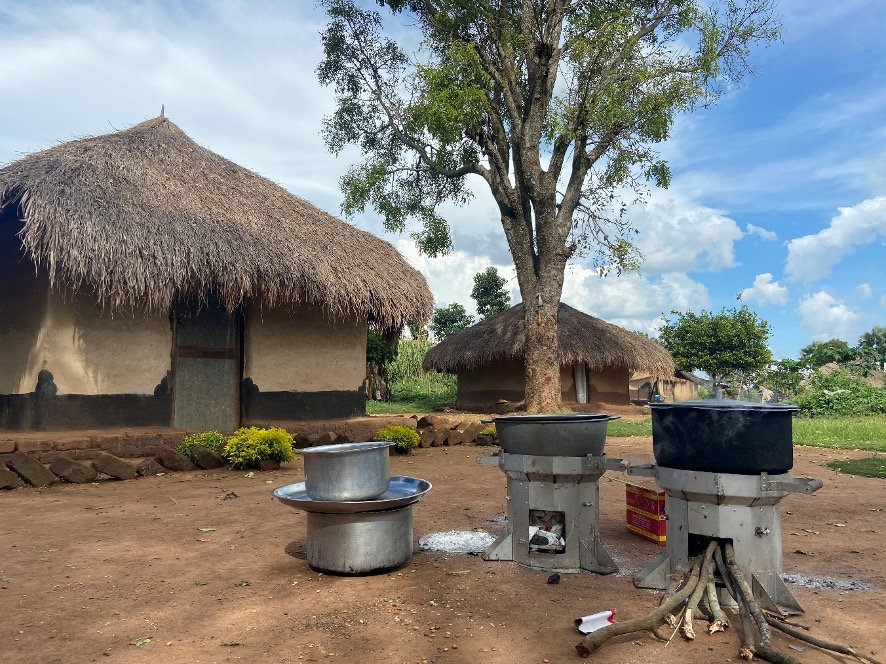
It is an illusion to believe that alternative solutions such as gas or electricity will be accessible to most rural families in Uganda anytime soon. Across the county where trading centers and towns are growing fast due to strong demographic pressure, fire wood and charcoal remains essential sources of energy, and its demand has increased steadily over the past 30 years or so. Firewood represents the bulk of household energy consumption in less developed countries including Uganda. With gas or electricity being accessible only middle-income earners when subsidized by the government, wood remains by far the most widely used source of energy in Uganda. In fact, the demand for wood as fuel accounts for nearly half the trees removed Uganda
In addition to exerting pressure on forests, traditional open fires are inefficient, because the wood or other solid fuels such as charcoal, crop residue or dung, does not burn efficiently and emits toxic smokes. These toxic smokes include greenhouse gases such as carbon dioxide (CO2), and other air pollutants such as black carbon (soot) which is the second largest contributor to climate change after CO2. Inefficient cook stoves expose the whole household to air pollution, and risk of respiratory problems as thin particles of the black carbon (soot) and other toxic gases can easily find their way deep into the lungs and bloodstream. Inhalation of such particles causes diseases such as childhood pneumonia, chronic obstructive pulmonary disorder, heart disease, stroke, and lung cancer.
But what are the benefits of Cleaner Cook Stoves?

The new generation of clean cook stoves, however, has the potential to reduce harmful emissions, increase efficiency, and improve health and livelihoods, especially for women and their families and combating climate change at the household level. However, it is important to note that clean cook stoves are not one-size-fits all. They must be tailored to local culture to be adopted and require long-term investment for sustainable use. Equipping rural families with clean cook stoves is one thing. But adapting the right type of technology and/or material to the local realities, such as family level of income is a whole different one. Support by government, private actors and /or NGOs can help rural communities secure what is relevant and affordable to theme.



